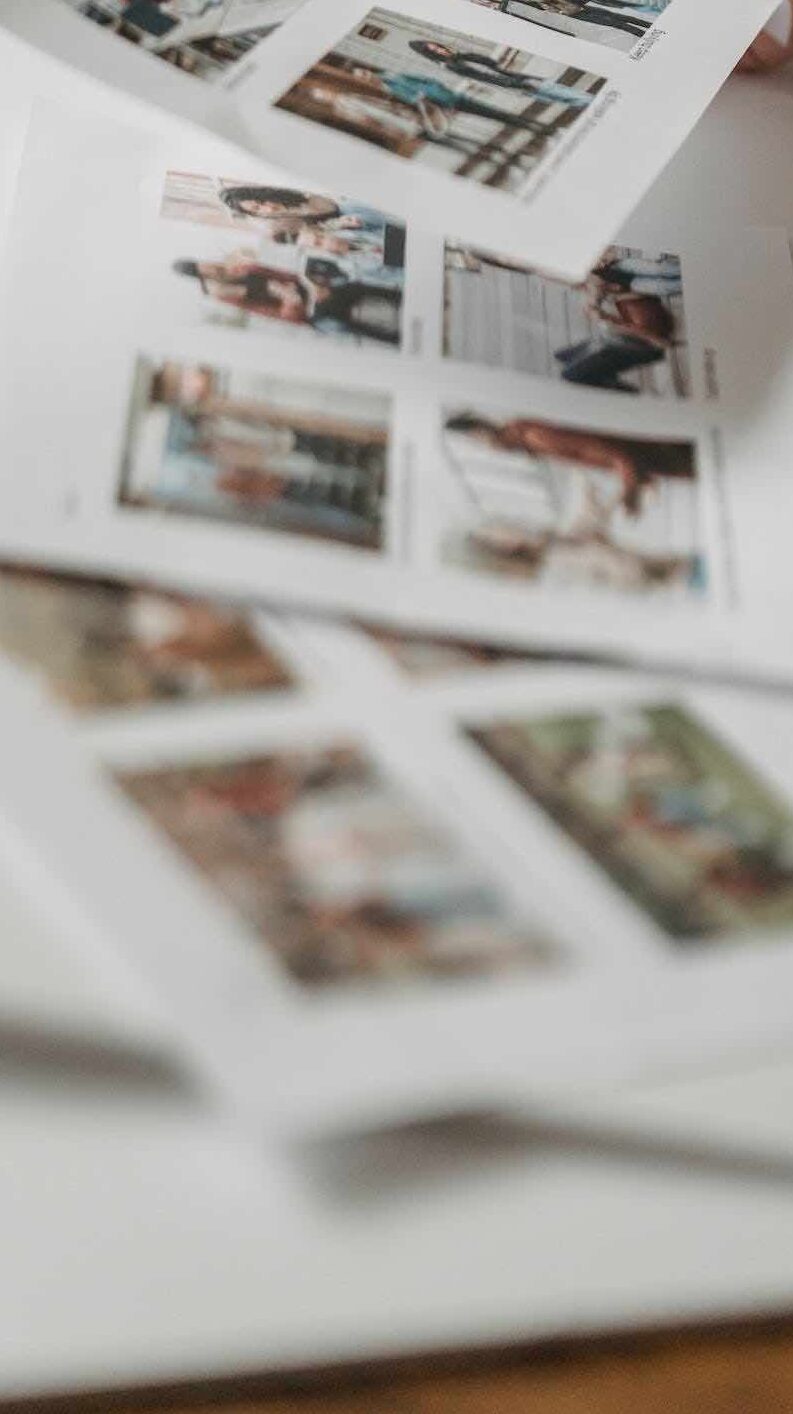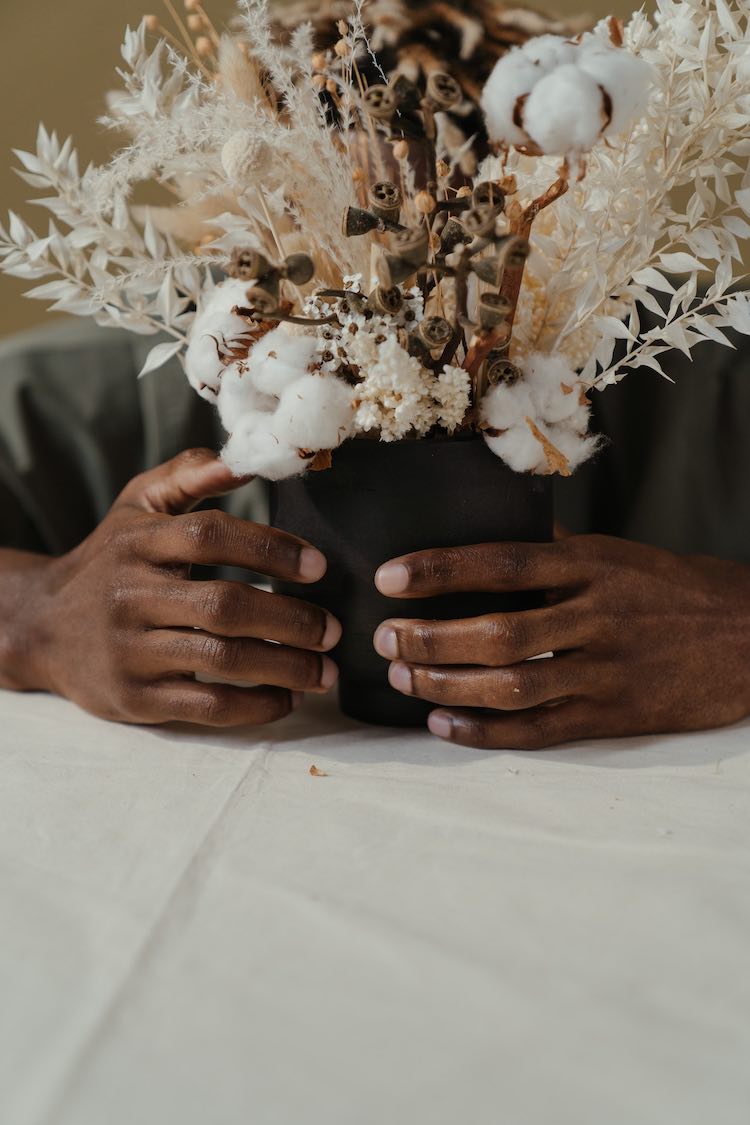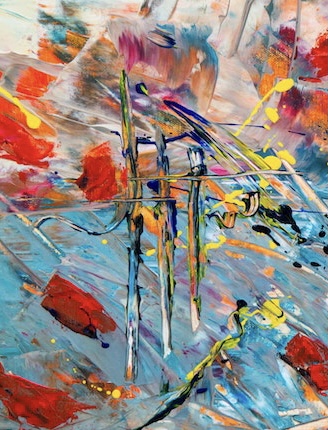5 types of promotional images every maker needs in their portfolio

Images are an essential part of brand promotion. They do the heavy lifting of selling your handmade crafts when you are unable to sell them in person i.e. on your website or social media platform. When browsing your crafts online a customer or collector needs to have the confidence to buy something that they cannot physically touch and good imagery helps to build the level of trust required to make a purchase. This calls for a portfolio of images that can clearly communicate the visual story of you and your work. However, images alone are not enough, the images in your portfolio must also be good quality.
Why it’s important to have a portfolio of good-quality images
Don’t let poor images let you down. Good-quality imagery is all about showing your products at their best. This means having to consider how you style and present your images. Unprofessional images can lower the perceived value of your work. Things like untidy backgrounds and poor lighting are not only unprofessional but distracting, taking attention away from your products. Professional imagery elevates your work and with a bit of practice is something that you can do yourself or if you can invest in a batch of professional photos that reflect your brand.
Good quality also refers to the resolution of your images. Resolution is the clarity of detail that can be seen in an image. Generally the sharper the image the higher the resolution, and the more blurry the image the lower the resolution. Low-resolution images are best suited to online/digital use and high resolution is a must for print use. Print use refers to images that can be used for say a magazine editorial or a gallery’s exhibition catalogue. In today’s world, anyone can take images with their phone, and while those images may be good enough to upload to an online platform they may not be good enough for print use. Therefore a maker’s portfolio must contain images that are suitable for both print and digital use.
To help you put together your image portfolio here are 5 types of images that every maker needs to have in their portfolio.
1. Maker Portraits
These are portrait images of you the maker and any other people you may work with. Portrait images can be headshots, head, shoulder and torso shots or full-length. Portrait images are all about introducing you the maker to your audience.
2. Photos of your making process
These are the images that show how your products are made, highlighting the different stages of your creative process. These images will show you at work and can be close-up details of your hands, and the tools and machines you work with in use.
3. Photos of your studio/workshop
Audiences are interested in getting to see behind-the-scenes, and photos of your studio/workshop help people visualise the space where your products are created. For these types of images, include details of what your workshop looks like, the raw materials you work with, and the tools you use.
4. Photos of your products
These are the images of your finished products. Photos of your products should be in still-life format. A common form of still-life format photography is showing your products on their own on a plain surface and background. You can also include other objects to create a scene, but these photos should generally be about showcasing your product with no distractions.
5. Photos of your products in use
To complement your still-life format images create lifestyle photos that show your products in use or a styled setting. Lifestyle images will help your audience visualise themselves using them and are essential for PR campaigns, magazine spreads, Lookbooks, brochures, websites and social media promotion.
Other things to consider
- When sharing your images always include any photographer’s copyright credit details.
- Colour images are preferred unless your brand image style uses a specific colour palette i.e. black and white.
Finally, don’t get hung up on creating the perfect image or it not mirroring the style your peers have. Image styles and trends come and go, rather focus on creating a portfolio of good quality on-brand images that honour your craft by showcasing it at its very best.
– The Wonderfully Well Made team
[Image credits: The image shown belongs to George Milton on Pexels. If downloaded and used elsewhere please credit accordingly.]






